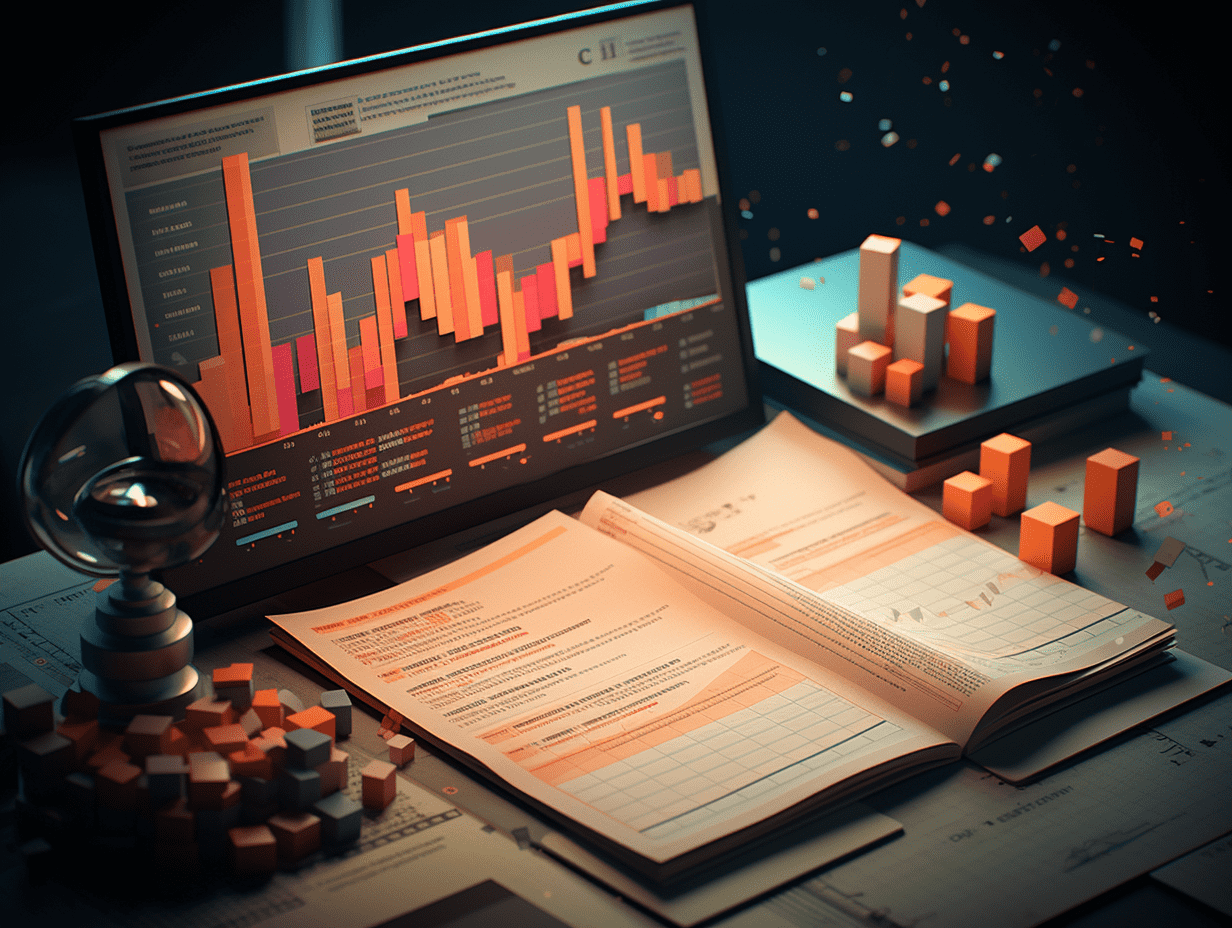UBS: It is expected that the increase in emerging market stocks will slow down next year, maintaining an overweight rating on Chinese A-shares.
The bank maintains an overweight rating on Chinese stocks and is bullish on China over India, Indonesia over Thailand, and internet stocks over automotive stocks.
The outlook report for 2026 released by analysts at UBS Group indicates that in the first quarter of next year, emerging market stocks may continue to outperform US stocks, but returns are expected to slow down afterwards, with full-year gains limited to between 7% and 9%. The bank maintains an overweight rating on Chinese stocks and favors China over India, Indonesia over Thailand, and internet stocks over automotive stocks.
Analysts state that for the second consecutive year, China remains a key overweight; the country's micro (and fund flow) situation remains attractive.
The report points out that there are still multiple opportunities in emerging markets. Behind these comprehensive factors, the bank believes that emerging markets are leading the global disinflation process, with the Chinese stock market having good valuations and fund flow situations. The reform potential hidden in the busy election schedule is giving rise to several unique emerging market investment opportunities.
UBS expects earnings for the MSCI Emerging Markets Index to grow by 18% in 2025, following which they will grow by 15%/10% in the next two years (led by AI). Valuations are "0.7 standard deviations above the 10-year average level", but visibility of growth and lack of resistance to yields should help achieve returns of around 8% in 2026.
On the macro side, UBS believes that the stability of the US dollar may limit the broad positive factors for emerging markets: "With the Fed rate cuts almost entirely priced in by the market, emerging markets cannot rely passively on broad US dollar depreciation as they did in '25." Nevertheless, UBS expects emerging market stocks to "tactically outperform the US in the first quarter as the US cycle slows down", and then tend to ease in the later part of the year.
Related Articles

HK Stock Market Move | Huanxi Media (01003) resumed trading with a high opening but ended lower, falling more than 5%. Revised stock and warrant subscription agreements.

HK Stock Market Move | MICROPORT(00853) is now up over 4%. Bank of America is optimistic that Siasun Robot & Automation's surgery business will become a key growth driver in the future.

Yole report: Lingxi X2 equipped with solid-state lidar, Speedtend (02498) enters the Zhiyuan supply chain.
HK Stock Market Move | Huanxi Media (01003) resumed trading with a high opening but ended lower, falling more than 5%. Revised stock and warrant subscription agreements.

HK Stock Market Move | MICROPORT(00853) is now up over 4%. Bank of America is optimistic that Siasun Robot & Automation's surgery business will become a key growth driver in the future.

Yole report: Lingxi X2 equipped with solid-state lidar, Speedtend (02498) enters the Zhiyuan supply chain.

RECOMMEND

Younger consumers are dining out less at Chipotle and Cava while still buying Coach handbags
10/11/2025

Target’s deteriorating in-store experience risks recovery — retailer bets on a refined fulfillment model to fix it
10/11/2025

China suspends approval ban on exports of certain metals used in chip and electronics manufacturing to the U.S.
10/11/2025


